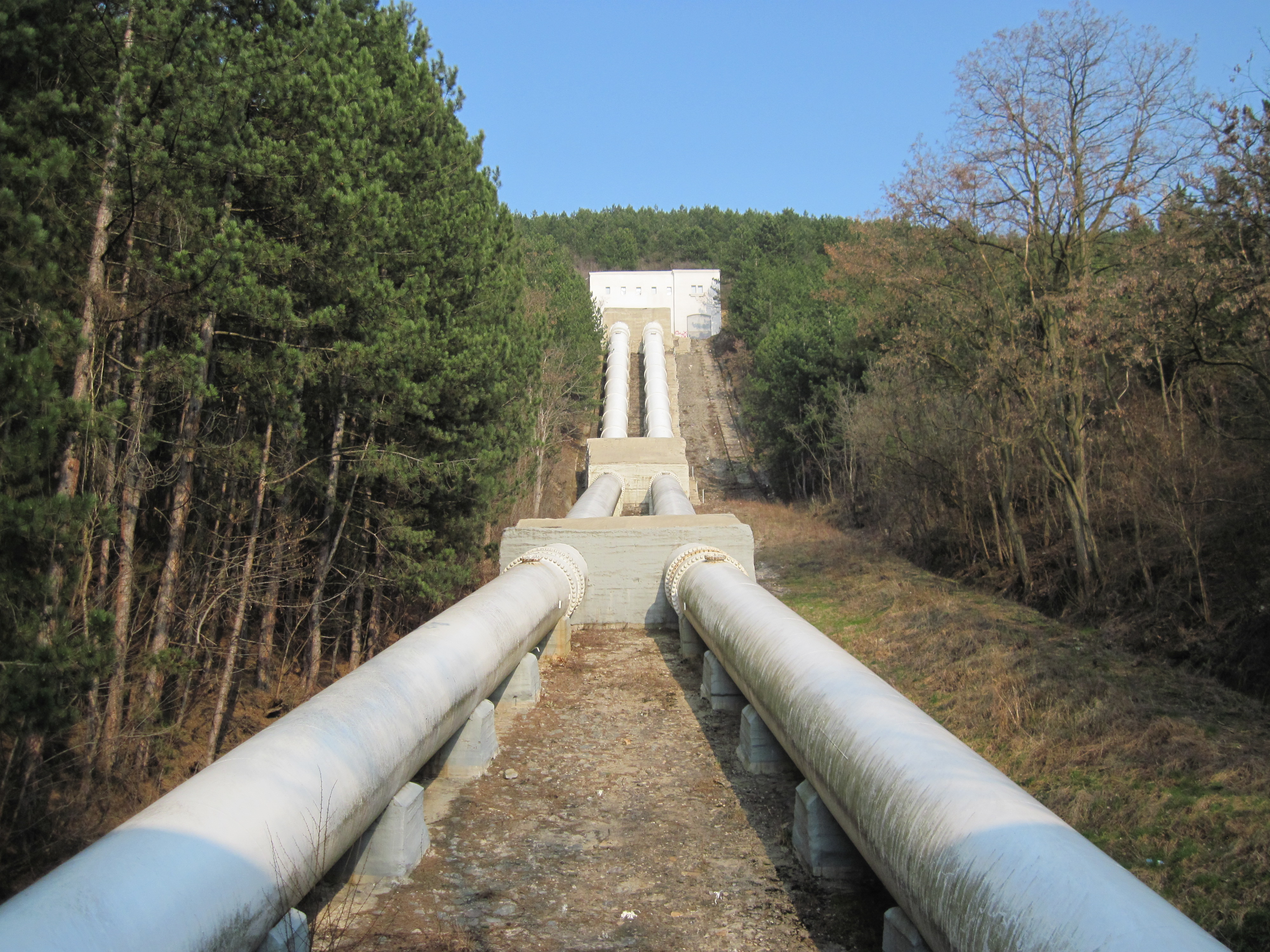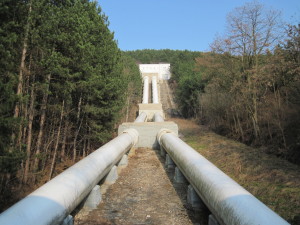Pipelines Catching Some Rays: Solar Energy in Cathodic Protection

 Cathodic protection using solar energy is a popular choice due to its cost-effectivity and practicality. Usually done to protect underground and underwater pipelines from corrosion, some companies also apply it to railways, bridges, storage tanks, wells, to name a few.
Cathodic protection using solar energy is a popular choice due to its cost-effectivity and practicality. Usually done to protect underground and underwater pipelines from corrosion, some companies also apply it to railways, bridges, storage tanks, wells, to name a few.
Most pipelines especially those nearby power sources or transmission lines experience corrosion due to AC electromagnetic induction. While many methods of AC or alternating current mitigation exist, cathodic protection is useful in these instances.
What is Cathodic Protection?
Cathodic protection involves running a negative direct current or DC to the metal. The process attaches a piece of sacrificial metal designated as the anode, with the entire pipeline acting as the cathode. In effect they become a huge battery, where current from the cathode (pipe) flows into the anode (scrap metal).
A supply of steady direct current causes the sacrificial metal to corrode faster than the cathode, and draws corrosion away from the latter. The system can replace the scrap metal anytime, or when it has sufficiently corroded.
Solar Energy
As this method requires a source of power, solar energy and other renewable sources of energy are very attractive options. This saves pipeline owners or cathodic protection industries money from introducing expensive power lines in the mix. This is also a good idea for remote or deserted areas.
On the other hand, pole-mounted solar power supply systems work in any destination, only needing sunlight to work. In fact, engineers can assemble solar panels, batteries, controllers, regulators, wiring and other accoutrements on-site, or transport it to the area without much fuss. Another advantage is that they can remotely control cathodic protection in real time, in the comfort of a control room hundreds of miles from the actual location.
Corrosion occurring to pipelines is a major cause of concern and researchers work on better methods to protect them. Still, cathodic protection is one of the most advanced in the field, and works better than others.




